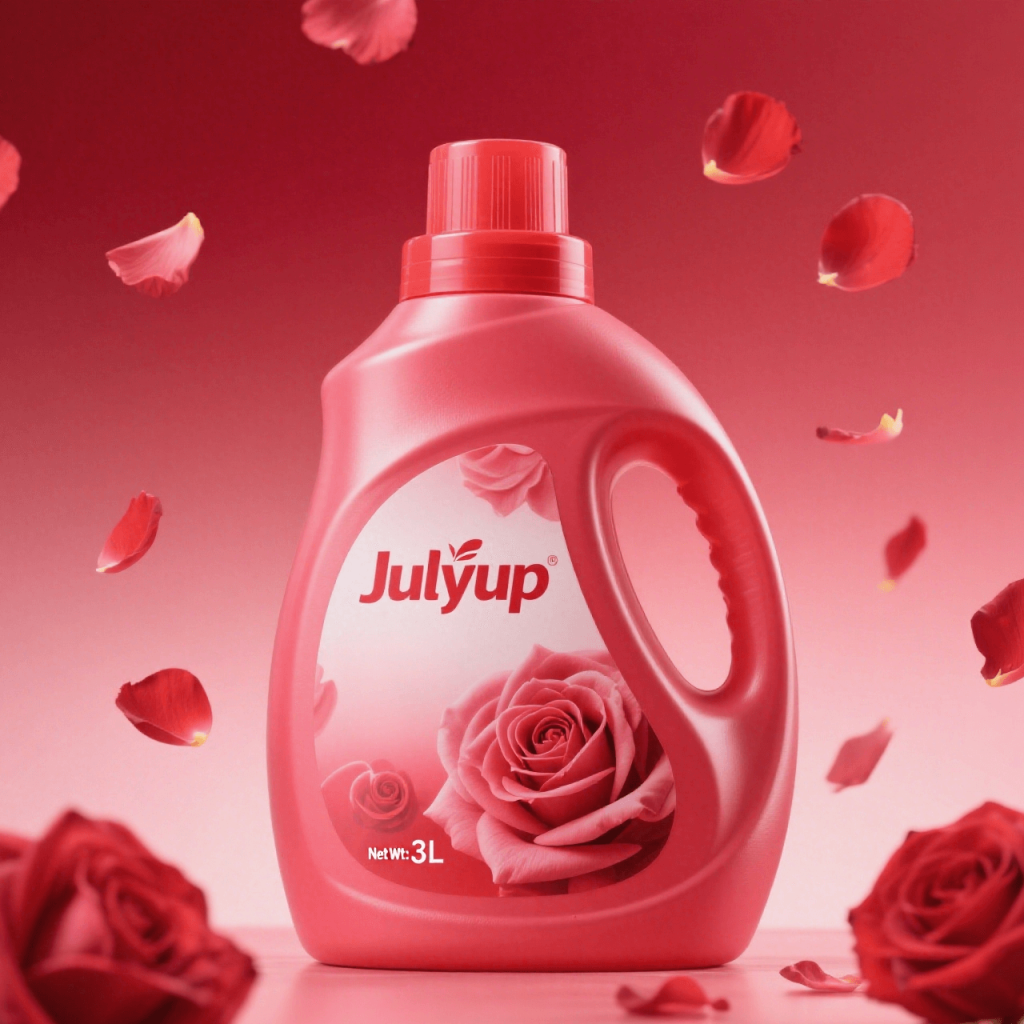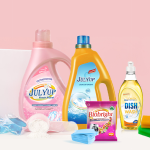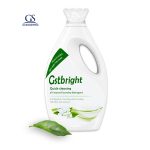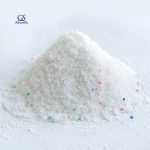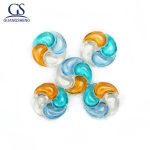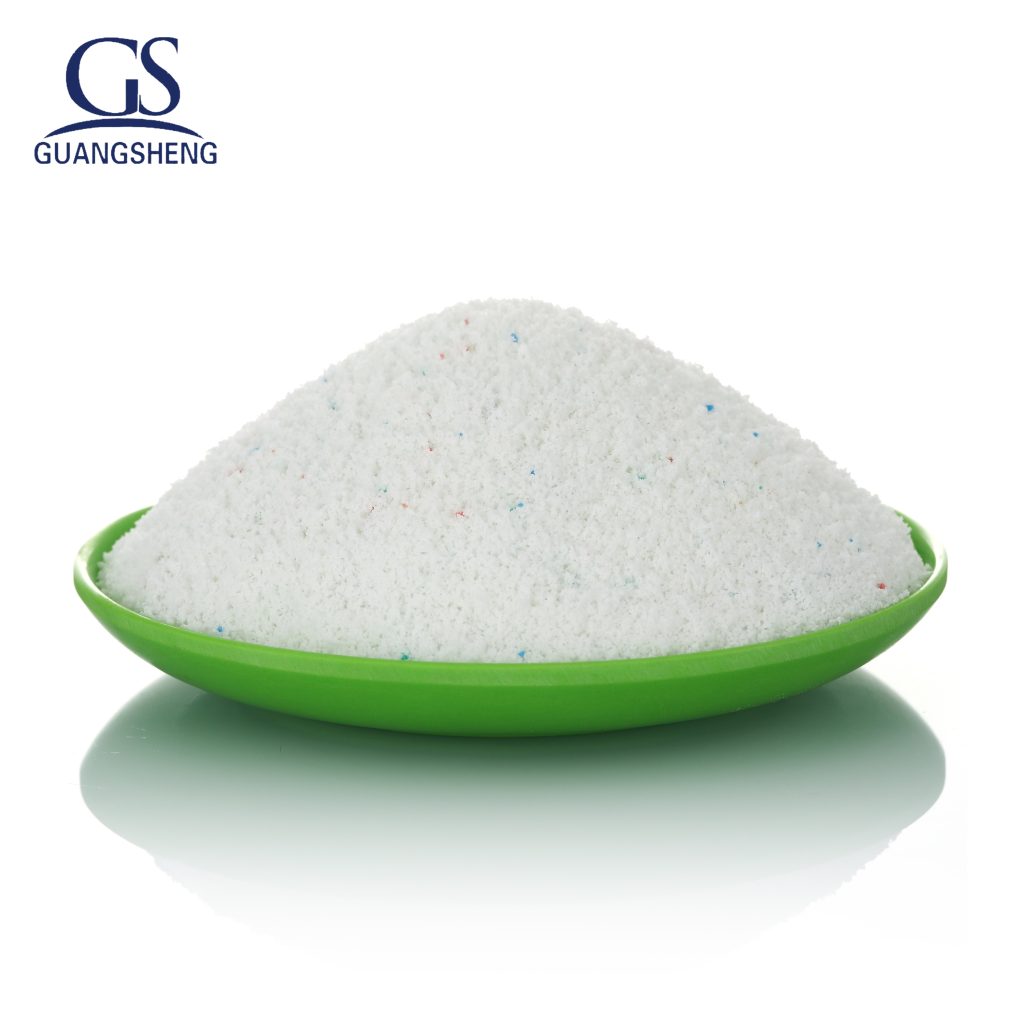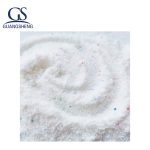What are the differences in common ingredients among different types of laundry detergents?
What are the differences in common ingredients among different types of laundry detergents?
Different types of laundry detergents vary significantly in ingredient design due to their core functions (e.g., cleaning power, gentleness, sterilization, fabric care, etc.). Below is an analysis of their ingredient differences and key characteristics based on common types:
- Basic Regular Laundry Detergent
Core Function: Daily basic stain removal, balancing cleaning power and cost.
Ingredient Features:
Surfactants: Mainly cost-effective anionic surfactants (LAS, SLS), blended with a small amount of non-ionic surfactants (AEO) to enhance compatibility, meeting the needs of cleaning general stains (oil stains, sweat stains).
Enzymes: A basic combination (protease + lipase) to target protein and oil stains, with moderate content.
Builders: Regular chelating agents (EDTA, sodium citrate) to soften hard water, and anti-redeposition agents (CMC) to prevent secondary stain adhesion.
Others: Contains ordinary fragrances, basic preservatives (MIT), and may include a small amount of fluorescent brighteners to improve visual effects.
- Concentrated Laundry Detergent
Core Function: High cleaning efficiency, low dosage, and reduced packaging.
Ingredient Differences:
Surfactants: Significantly higher concentration (usually 2-3 times that of regular detergents), prioritizing high-efficiency non-ionic surfactants (APG, MEE) or anionic + non-ionic blends for stronger stain removal.
Enzymes: More types (e.g., adding cellulase) and higher concentrations, with excellent low-temperature cleaning performance.
Builders: Uses high-efficiency anti-redeposition agents (e.g., PVP) and reduces thickeners (since high-concentration ingredients naturally thicken), resulting in a “refined” formula.
Others: Contains little or no fillers (e.g., water, low-efficiency ingredients); fragrances and preservatives are proportionally reduced, focusing on formula concentration.
III. Baby-Specific Laundry Detergent
Core Function: Mild and low-irritant, suitable for infants’ and toddlers’ clothing (sensitive skin, frequent contact with mouth/nose).
Ingredient Differences:
Surfactants: Prioritizes mild non-ionic surfactants (APG, fatty alcohol glycosides) or amphoteric surfactants (CAPB), avoiding highly irritating anionic surfactants (e.g., SLS/SLES) or containing only minimal low-irritant anions.
Enzymes: Rarely added or only contains low-concentration mild enzymes (e.g., protease) to avoid potential skin irritation for babies.
Builders: Free of fluorescent brighteners and colorants; chelating agents are naturally derived (e.g., sodium gluconate) to prevent residual synthetic chemicals.
Others: Fragrance-free or contains only baby-grade hypoallergenic fragrances; preservatives are low-irritant (e.g., phenoxyethanol); may add moisturizing ingredients (glycerin, plant extracts) to enhance skin-friendliness of clothes.
- Antibacterial Laundry Detergent
Core Function: Cleaning + long-lasting antibacterial effect (inhibiting bacterial/fungal reproduction).
Ingredient Differences:
Core Antibacterial Ingredients: Adds cationic surfactants (e.g., quaternary ammonium salts like CTAC, BAC), phenol derivatives (e.g., parachlorometaxylenol, PCMX), or plant-based antibacterial ingredients (tea tree oil, mugwort extract).
Surfactants: Blends cleaning-type (anionic + non-ionic) and antibacterial-type (cationic) surfactants, with formula technology to avoid direct conflict between anionic and cationic surfactants.
Enzymes: Regular cleaning enzymes (protease, lipase) to reduce bacterial breeding carriers after stain removal.
Others: May contain antibacterial stabilizers to extend the antibacterial effect; fragrances are often “fresh antibacterial” types; some products are labeled “residue-free antibacterial.”
- Color-Protecting and Shape-Preserving Laundry Detergent
Core Function: Reducing clothing fading and deformation, protecting fibers (e.g., wool, silk, dark clothes).
Ingredient Differences:
Surfactants: Uses low-alkalinity, low-irritant non-ionic surfactants (e.g., AEO-9) to minimize damage to dyes and fibers.
Color-Protecting Ingredients: Adds antioxidants (sodium metabisulfite), dye fixatives, or cellulase (to repair microfiber damage and reduce pilling/deformation).
Enzymes: Contains cellulase (to protect fiber structure) and reduces protease/amylase that may damage elastic fibers.
Builders: Low-phosphate or phosphate-free to avoid dye dissolution caused by phosphates; adds fabric softeners (e.g., silicone emulsion) to enhance fiber smoothness.
Others: Free of fluorescent brighteners (to avoid reactions with dark clothes); mild fragrances that do not irritate fibers.
- Natural/Organic Laundry Detergent
Core Function: Eco-friendly, natural-derived, suitable for people pursuing “no chemical residues” or with sensitivity.
Ingredient Differences:
Surfactants: 100% derived from natural raw materials (e.g., coconut oil- or palm oil-derived anionic surfactants or APG alkyl glycosides) with high biodegradability.
Enzymes: Uses naturally fermented enzymes (non-chemically synthesized) with moderate content.
Builders: Phosphate-free and free of synthetic chelating agents; uses natural chelating agents (sodium citrate, plant extracts) and natural polysaccharide-based anti-redeposition agents (e.g., starch derivatives).
Others: Free of synthetic fragrances (scented with natural essential oils), no artificial colorants, and no preservatives (or uses natural preservatives like rosemary extract); packaging is labeled with “organic certification” and “biodegradable.”
VII. Sensitive Skin-Specific Laundry Detergent
Core Function: Extremely mild, suitable for adults with sensitive skin, eczema, or allergic constitutions.
Ingredient Differences:
Surfactants: Ultra-mild non-ionic surfactants (e.g., glycerin fatty acid esters) or natural amphoteric surfactants, completely free of irritating anionic surfactants.
Enzymes: Usually free of enzymes (enzymes may trigger allergies in some people), relying solely on surfactants for basic cleaning.
Builders: Free of any potential allergens (fluorescent brighteners, formaldehyde-releasing preservatives); chelating agents and anti-redeposition agents are low-irritant and natural.
Others: Fragrance-free (zero perfume), preservative-free (via low-water formulas or natural preservation); may add soothing ingredients (aloe vera, chamomile extract).
Summary of Differences:
The essential difference in ingredients among different types of laundry detergents lies in “function orientation”: Basic detergents prioritize cost-effectiveness; concentrated detergents emphasize efficiency; baby/sensitive skin detergents “reduce irritation” through ingredient subtraction; antibacterial detergents “add antibacterial components”; color-protecting detergents focus on “fiber protection”; and natural detergents highlight “natural sourcing.” When choosing, match ingredient characteristics to clothing type, usage scenario, and needs (cleaning, gentleness, sterilization, fabric care).
Choosing Hebei Guangsheng Technology Co.,ltd‘s laundry detergent means choosing a new, efficient and long lasting fragrance laundry method. We have different formulas laundry detergent for choose. We are committed to providing consumers with high-quality laundry products, solving laundry problems with innovative technology, and enhancing the quality of life with excellent service. Welcome to make a purchase and start an easy laundry journey!
Copyright 2020, Hebei Guansheng Technology Co.Ltd All Rights Reserved
 Hebei Guangsheng Technology Co.Ltd
Hebei Guangsheng Technology Co.Ltd
 Hebei Guangsheng Technology Co.Ltd
Hebei Guangsheng Technology Co.Ltd